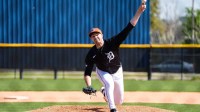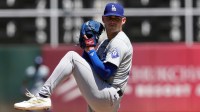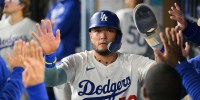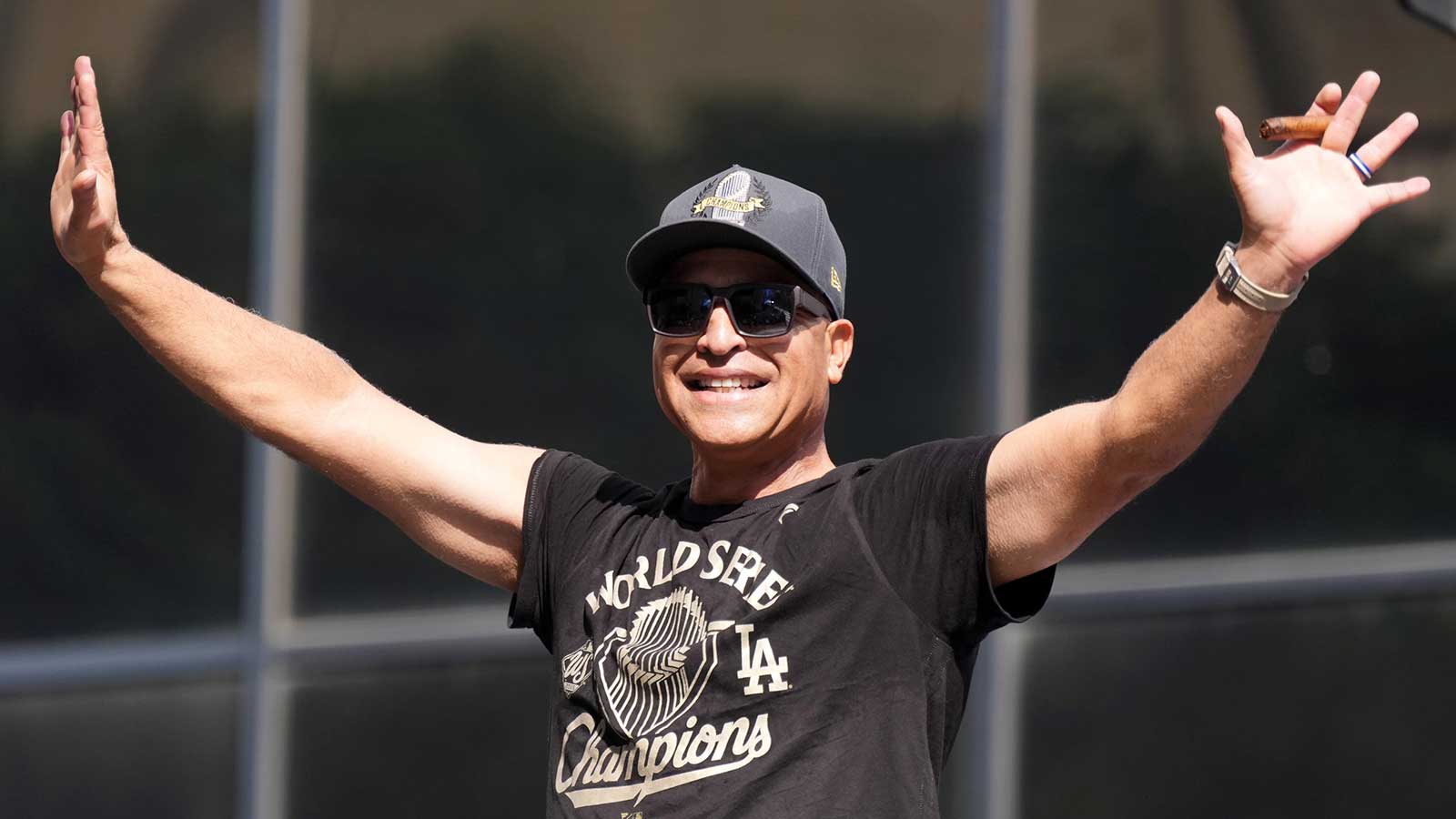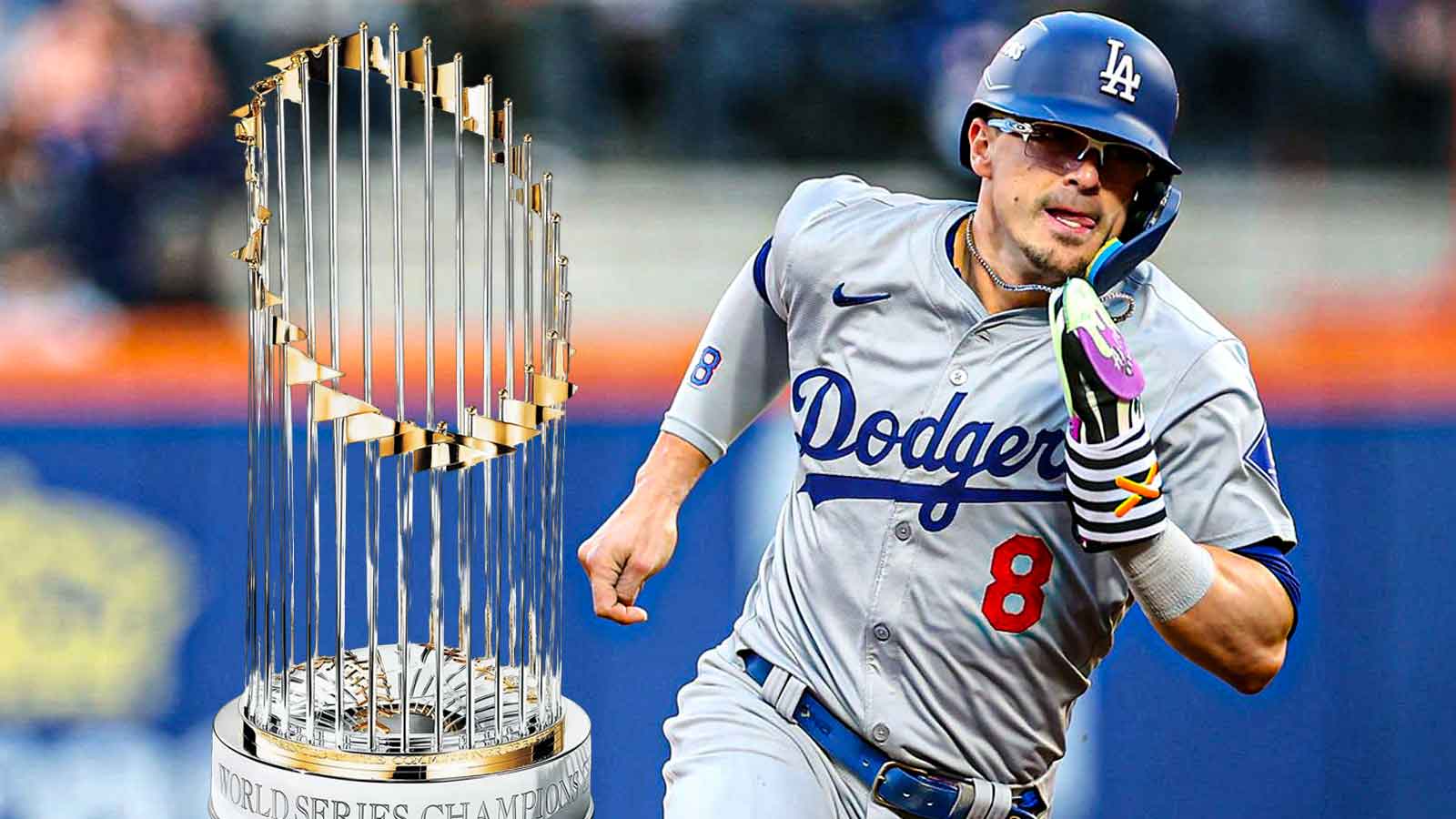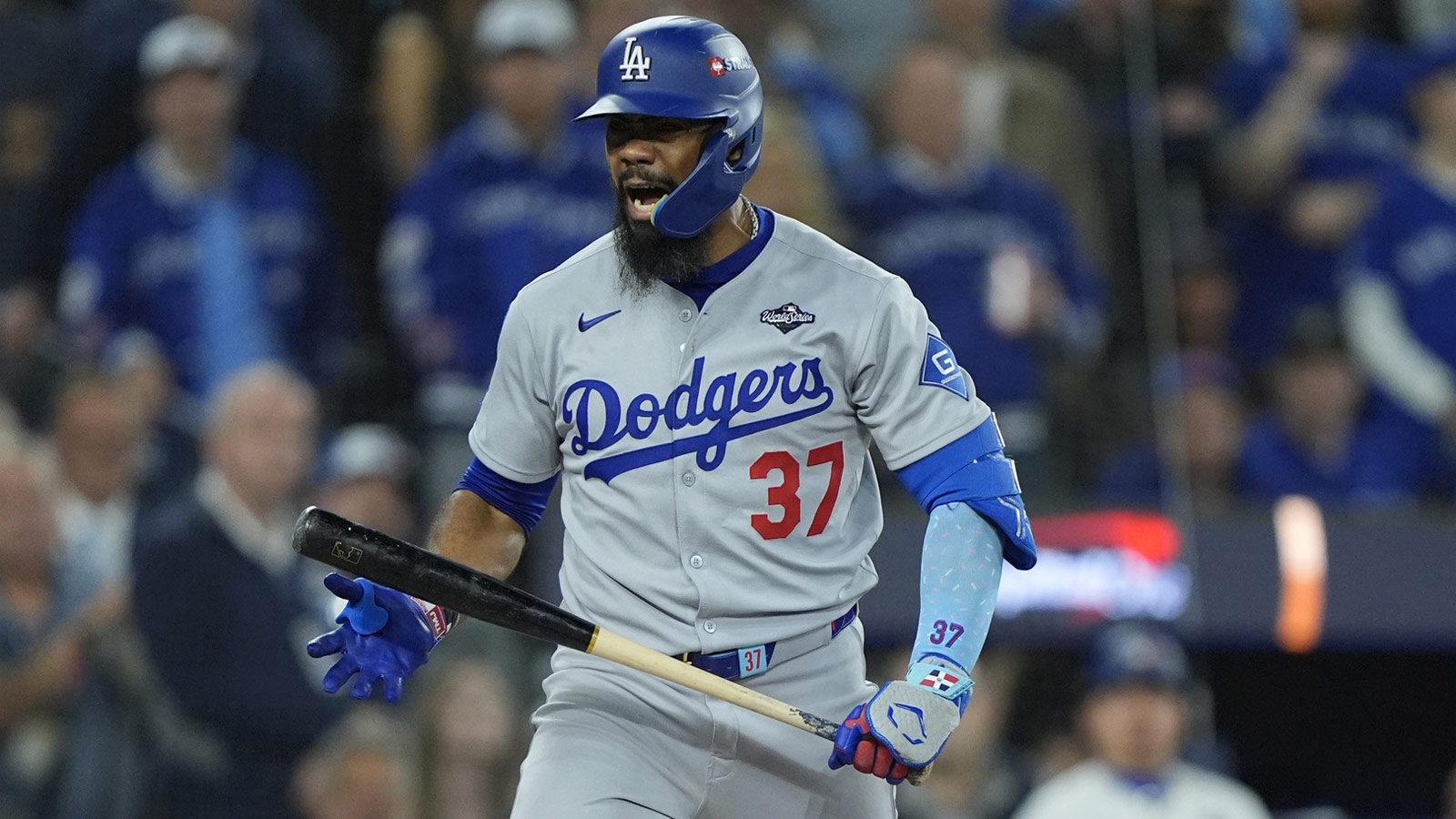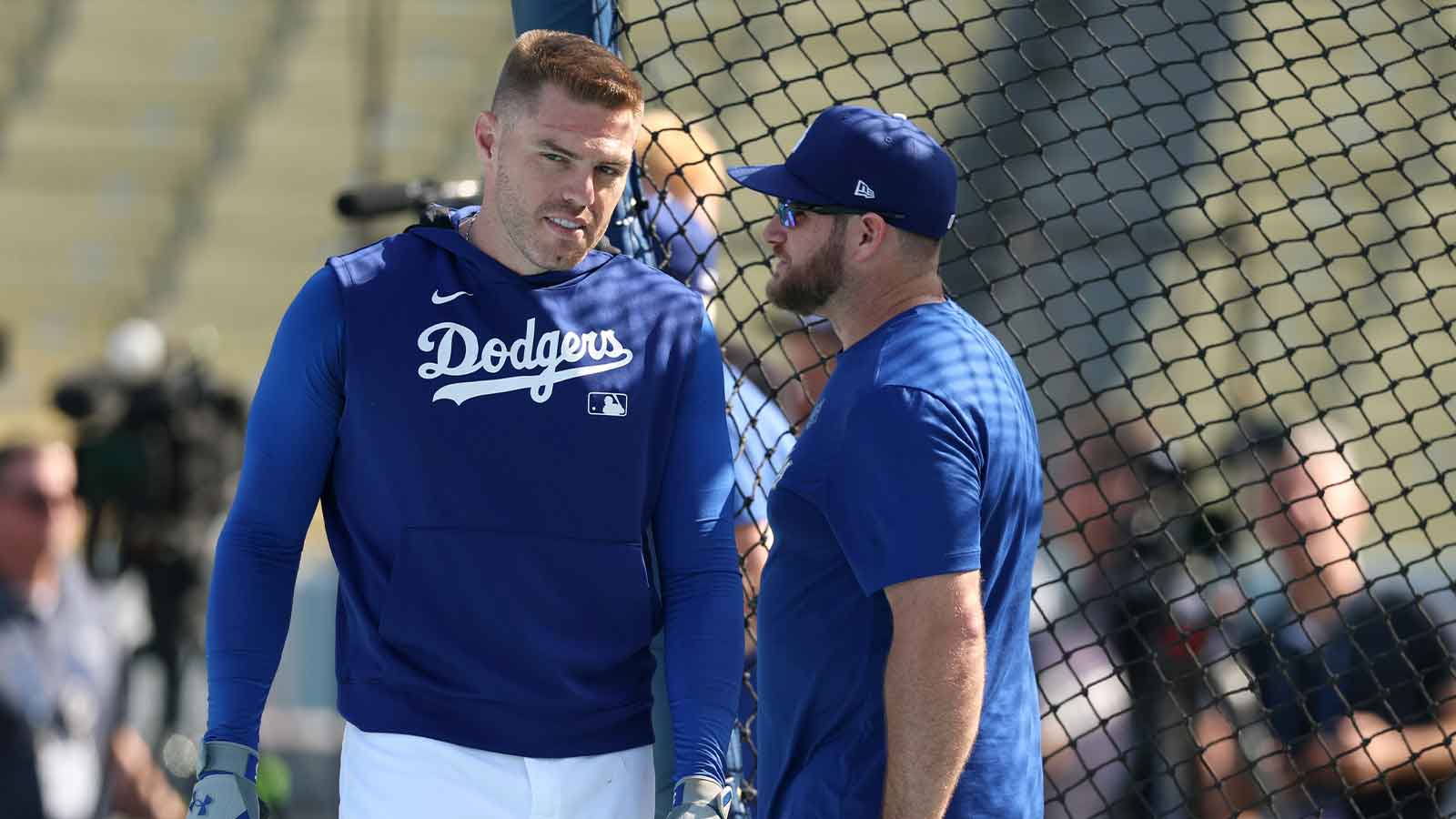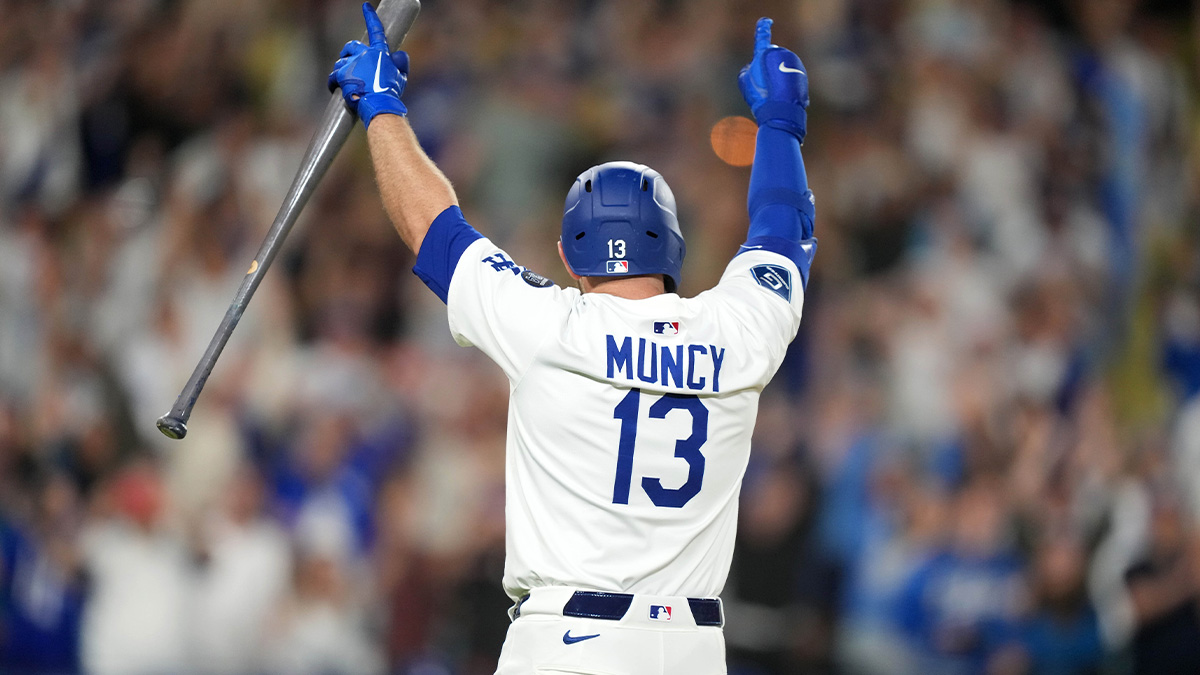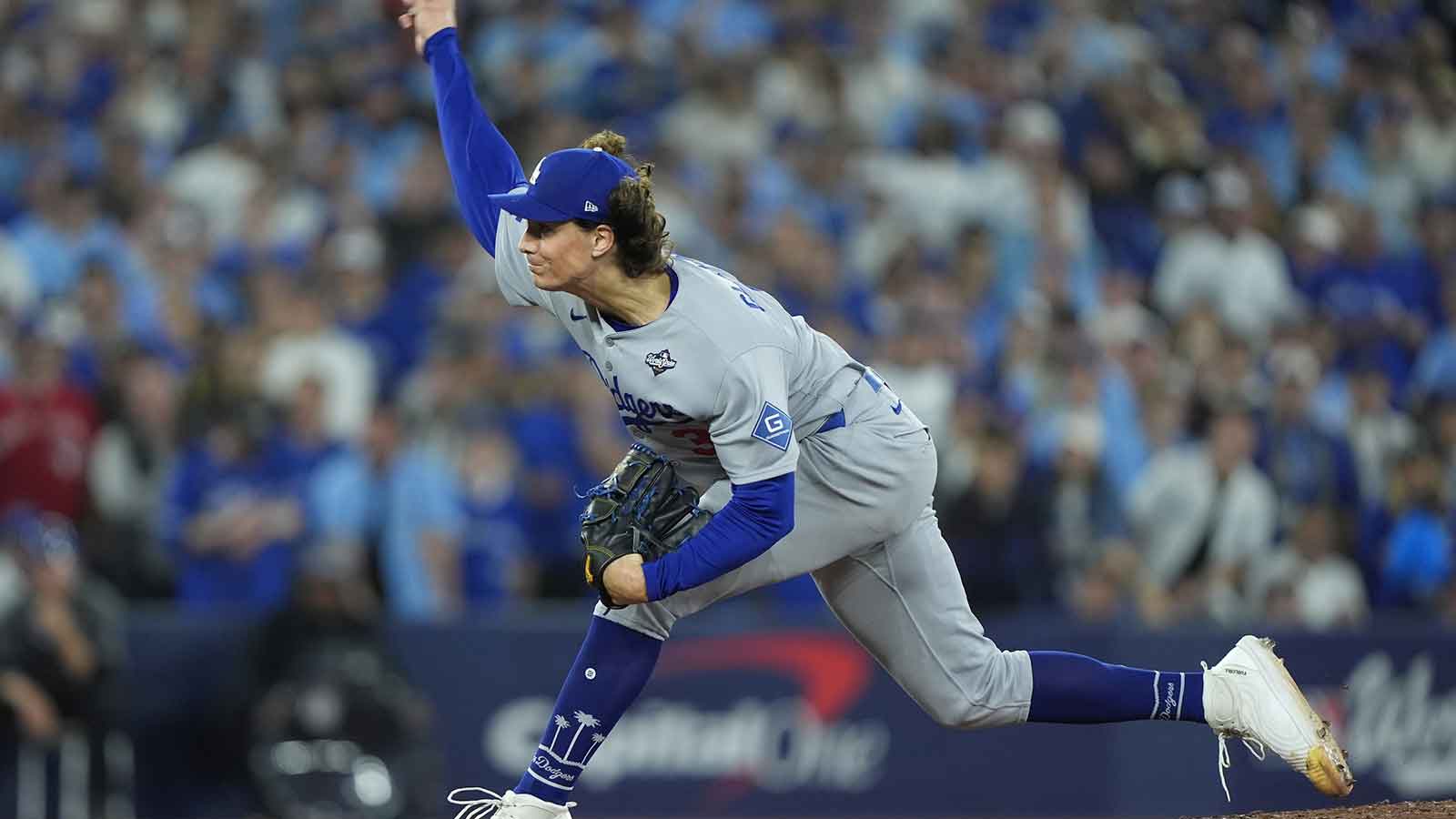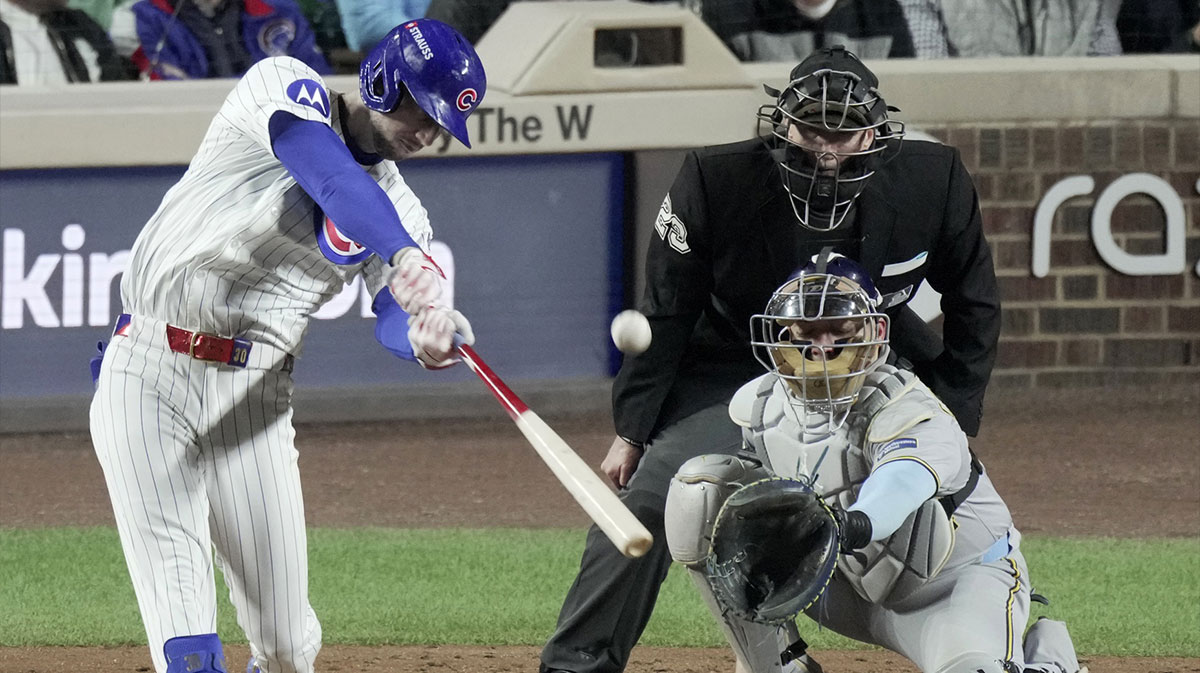Even in an era defined by super-teams, Bryce Harper is the rare superstar who actually changes a contender’s identity overnight. For the Dodgers, pairing Harper’s elite on-base ability, left-handed thunder, and big-moment aura with Shohei Ohtani, Mookie Betts, and Freddie Freeman would create the most oppressive run-production machine in baseball. It is wildly ambitious and, yes, complicated. Harper’s contract runs through 2031 at a reasonable AAV for an inner-circle bat, and he possesses significant leverage over any move. Philadelphia loves him and rightly so. But if the Dodgers want to swing for a dynasty window, there is a version of a deal that honors the Phillies’ needs, respects Harper’s stature, and maximizes Los Angeles’s championship probabilities immediately and for years.
Why Bryce Harper fits the Dodgers
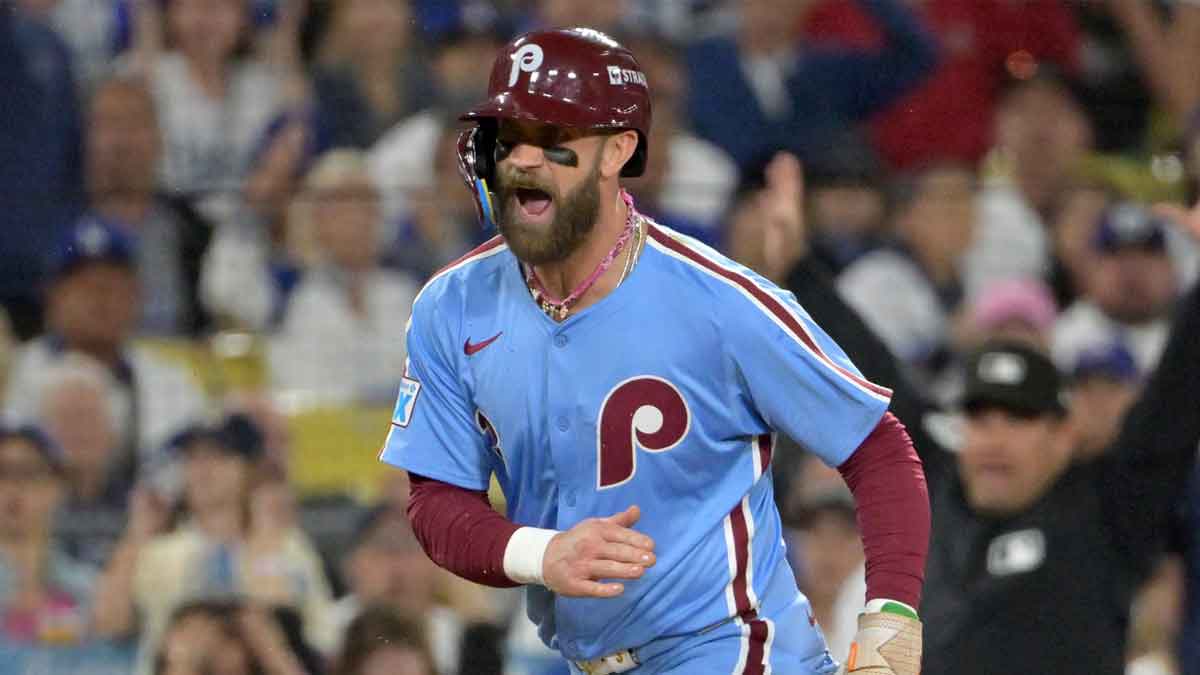
Los Angeles already bludgeons pitchers with depth, but Harper solves the last playoff-specific problem: swing-proof run creation against top-end right-handed velocity. He controls the zone, punishes mistakes to all fields, and elevates in October. A Harper–Ohtani–Betts–Freeman cluster would exhaust opposing bullpens, stretch pitch counts, and force managers into suboptimal matchup sequencing. He also adds positional flexibility. Since Tommy John, Harper has toggled between first base, corner outfield, and DH. On the Dodgers, he can live in right and DH while Betts handles the middle infield, preserving Freeman at first and letting Dave Roberts tailor lineups by series. Most importantly, Harper’s temperament matches the Dodgers’ mandate: embrace expectations and stack rings, not regular-season accolades.
Even beyond production, Harper’s combustive stage presence balances the Dodgers’ historically buttoned-up vibe. He invites chaos on their terms, absorbing pressure while teammates stay process-focused. In a city built on wattage, his brand elevates the clubhouse and the box office simultaneously, sharpening urgency without sacrificing the organization’s prized strengths: patience, preparation, and depth at every level.
What would move Philadelphia
Start with reality: the Phillies are trying to win the World Series every year, and Harper is their heartbeat, marketing engine, and postseason cheat code. Trading him only enters the realm of sanity if the return both extends their competitive window and cleans their books for a parallel star acquisition. They would need upper-rotation pitching they can control, a middle-of-the-order bat of the future, multiple near-ready talents, and meaningful salary relief. Taking on an underwater contract like Taijuan Walker’s would sweeten things. Just as important, the Dodgers must offer Harper a setting worthy of waiving any preferences: daily contention, bright lights, and a path to more October moments. This is not a prospect swap; it’s a franchise reorientation.
The perfect trade proposal
Here’s the framework that threads the needle on value, optics, and roster balance for both clubs.
Dodgers receive:
- OF/1B Bryce Harper
- RHP Taijuan Walker
Phillies receive:
- RHP Bobby Miller
- C/DH Dalton Rushing
- OF Andy Pages
- OF Josue De Paula
- RHP Gavin Stone
- INF/OF Miguel Vargas.
Dodgers assume 100% of Harper’s remaining salary through 2031 and Walker’s remaining contract.
No cash included by Philadelphia; Los Angeles adds conditional international bonus pool money if Harper records a top-five MVP finish in any of the next three seasons.
Harper approves destination and role plan before finalization.
Philadelphia gets two rotation fixtures in Miller and Stone, a potential All-Star bat in Rushing to succeed J.T. Realmuto long term, and immediate corner-outfield pop with Pages. De Paula supplies blue-chip upside, and Vargas offers versatile right-handed offense with options remaining. Absorbing Walker’s deal removes a mid-rotation headache and frees capital for bullpen reinforcements or another impact bat. Crucially, the Phillies retain a win-now core of Trea Turner, Alec Bohm, Bryson Stott, Kyle Schwarber, and a frontline staff headlined by Zack Wheeler and Aaron Nola, while diversifying their age curve.
For the Dodgers, the overpay is intentional because the fit is era-defining. Harper’s left-handed thump and big-game DNA eliminate matchup manipulation in October, and his presence lengthens every at-bat in the 2-5 slots alongside Ohtani, Betts, and Freeman. Walker soaks innings behind Yoshinobu Yamamoto and Tyler Glasnow while young arms like Emmet Sheehan, Landon Knack, and Kyle Hurt cycle through. Offensively, Dave Roberts can alternate Harper between right field and DH, keep Betts in the middle infield where his athleticism plays, and rest Freeman more strategically without punting production.
Financially, Los Angeles accepts the luxury-tax pain because the upside is multiple titles. Harper’s AAV is efficient for his caliber, and his star wattage compounds revenue in October. The roster math also works: Pages’ departure is mitigated by outfield depth and prospect churn, and Rushing is blocked by Will Smith for years. It’s an audacious reset that prioritizes rings over prospect hugs—and it’s precisely the type of swing a super team should take.



